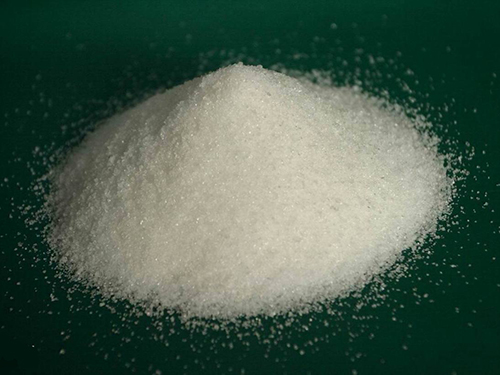Understanding Coagulation and Flocculation Processes in Water Treatment Systems
Coagulation and Flocculation Essential Processes in Water Treatment
Coagulation and flocculation are critical processes used in water treatment, wastewater treatment, and several industrial applications. These processes help to remove suspended particles and colloids from liquids, making them clearer and safer for consumption or further processing. Understanding these mechanisms is vital for engineers, environmental scientists, and anyone involved in water quality management.
Coagulation is the first step in the treatment process and involves the addition of chemical coagulants to water. These coagulants are typically metal salts, such as aluminum sulfate or ferric chloride, which serve to neutralize the charges of suspended particles. Many colloidal particles in water carry a negative charge, which helps them remain suspended. When coagulants are added, they destabilize these charges, promoting the aggregation of particles. This reaction is usually completed in a rapid mixing phase, lasting only a few minutes, where the coagulants can disperse throughout the water effectively.
Once coagulation occurs, the flocculation stage begins. This process involves gentle stirring to encourage the small aggregates formed during coagulation to collide and clump together, forming larger particles known as flocs. Flocculation can last from 30 minutes to several hours, depending on the specific treatment system and water quality. The gentle mixing helps facilitate the growth of flocs without breaking them apart, thus enhancing their removal in subsequent steps.
coagulation and flocculation

As flocs increase in size, they become heavier and begin to settle at the bottom of the treatment vessel—a process called sedimentation. The settled solids can then be removed as sludge. In smaller or decentralized systems, flotation may also be used as an alternative to sedimentation. This technique involves the injection of air bubbles into the water, which attach to the flocs and bring them to the surface, where they can be removed more easily.
The choice of coagulants and the specific parameters of coagulation and flocculation processes depend on various factors, including the characteristics of the raw water, the desired final water quality, and the regulations governing water treatment
. It is essential to monitor pH levels, temperature, and the concentration of colloidal particles, as these can significantly influence the effectiveness of coagulation and flocculation.Furthermore, advancements in technology have led to the development of more efficient coagulants and flocculants, including natural polymers and synthetic materials. These innovations aim not only to enhance the efficiency of the coagulation-flocculation processes but also to reduce the environmental impact by minimizing chemicals used and maximizing the recovery of materials.
In summary, coagulation and flocculation are indispensable processes in ensuring clean and safe water. Through the removal of suspended solids, these techniques play a vital role in public health and environmental protection. Ongoing research and advancements in this field continue to improve the efficiency and sustainability of water treatment practices, reflecting the importance of these processes in an ever-evolving world. As we face growing challenges posed by population pressures and climate change, the effectiveness of coagulation and flocculation will remain crucial for future water resource management.
-
Water Treatment with Flocculant Water TreatmentNewsJun.12,2025
-
Polymaleic AnhydrideNewsJun.12,2025
-
Polyaspartic AcidNewsJun.12,2025
-
Enhance Industrial Processes with IsothiazolinonesNewsJun.12,2025
-
Enhance Industrial Processes with PBTCA SolutionsNewsJun.12,2025
-
Dodecyldimethylbenzylammonium Chloride SolutionsNewsJun.12,2025





